- Products & Solutions
- XFdtd
- Rotman Lens Designer®
Rotman Lens Designer®
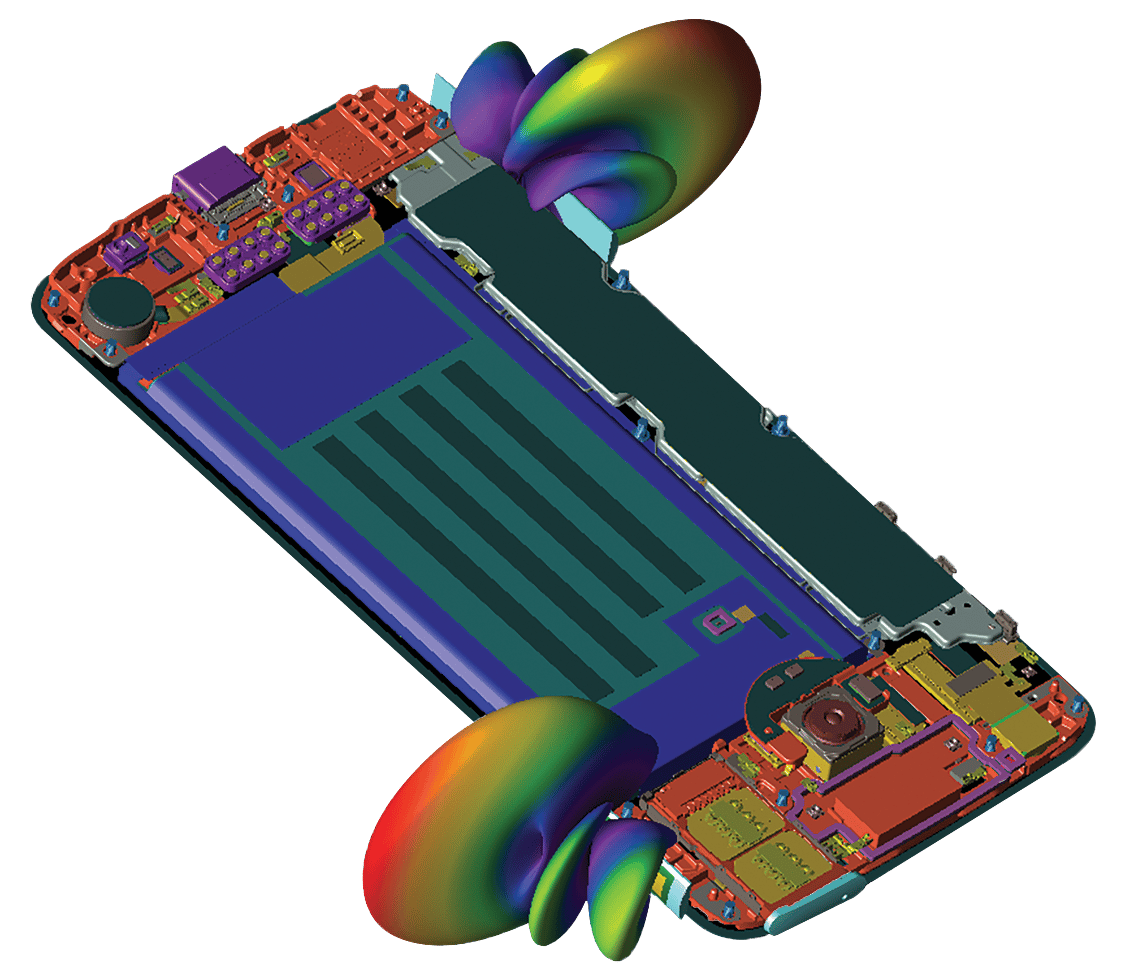
Rotman Lens Designer (RLD) is a tool for the design, synthesis, and analysis of Rotman Lenses and their variants.
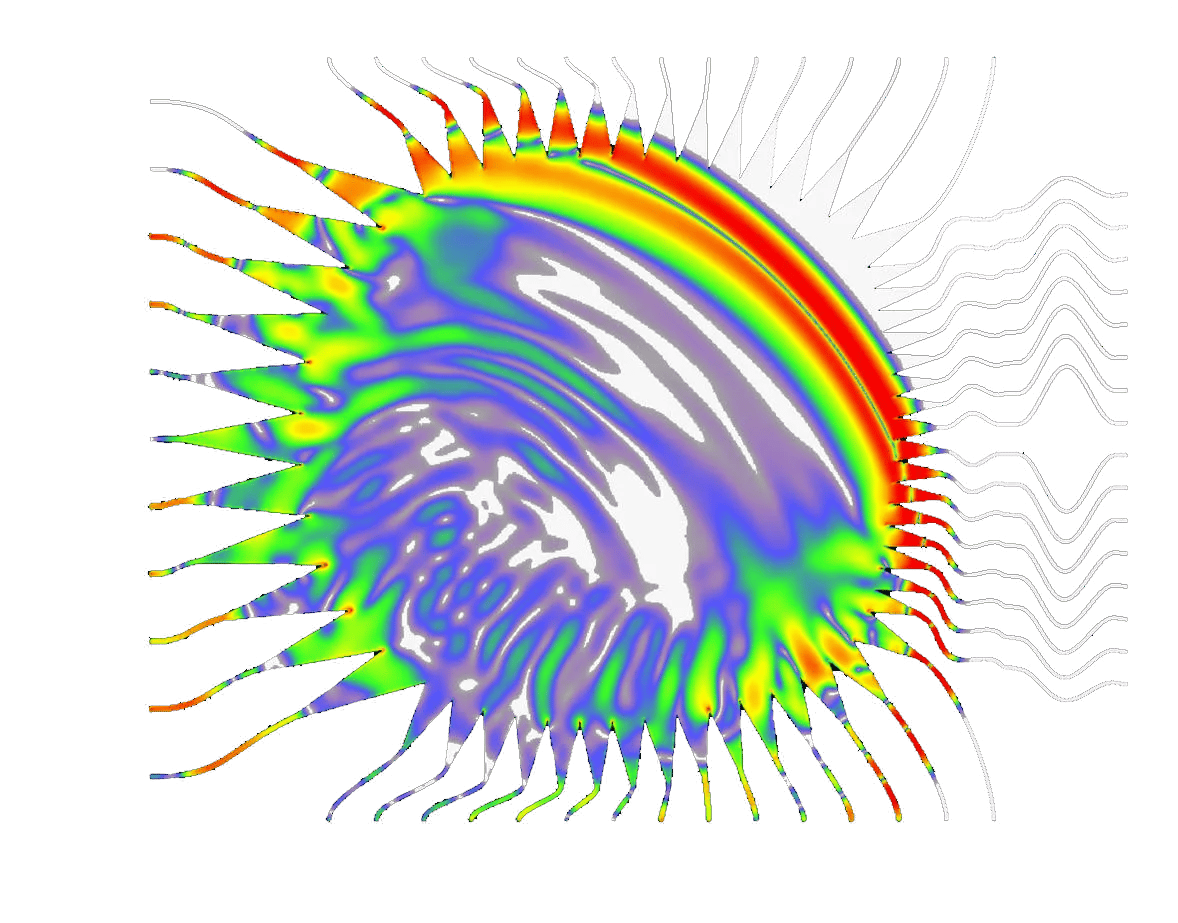
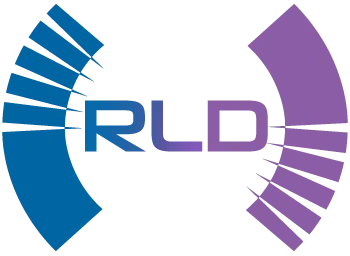
XFdtd includes our powerful Rotman Lens Designer tool (RLD), which is intended for rapid development and analysis of Rotman Lenses given several physical and electrical input parameters. RLD generates the proper lens contours, transmission line geometry, absorptive port (dummy port) geometry, provides an approximate analysis of performance, and generates geometry files for import into XF for further analysis and fabrication.
Key Features
RLD creates lens designs based on typical input parameters. An extensive range of output values may be displayed for a given design. Some of the main input and output parameters are listed below.
Inputs:
-
Type of lens - microstrip or stripline
-
Impedance of lines
-
Element spacing on the antenna
-
Number of elements (up to 128)
-
Number of beams (up to 128)
-
Maximum scan angle
-
Off-axis focii angle as a fraction of max scan angle
-
Bandwidth and center frequency
-
Electrical characteristics of lens material - dielectric constant, loss tangent, conductivity and thickness of dielectric material
-
Electrical characteristics of absorber material
-
Physical characteristics of lens - focal length/diameter ratio
-
Aperture distribution
-
Port flare angles
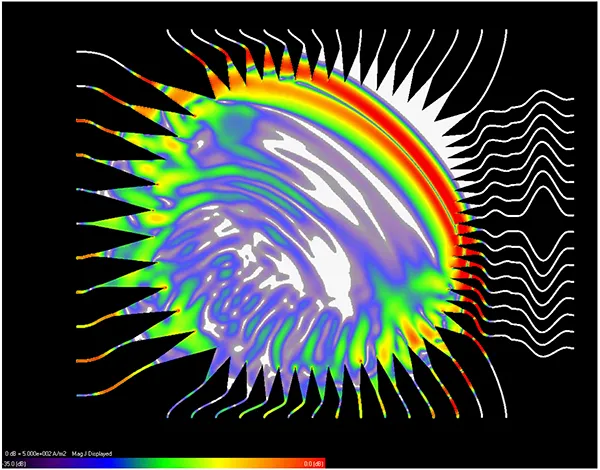
Outputs:
-
Calculation of the lens contour and of the transmission line geometry
-
Element locations along the lens contour
-
Insertion loss (per beam port)
-
Amplitude and phase distributions of the array ports versus frequency
-
Beam to array phase error
-
Beam to array coupling magnitude and phase
-
Beam to array sidewall coupling magnitude
-
Beam to array spillover coupling magnitude
-
Array to beam coupling magnitude and phase
-
Array to beam sidewall coupling magnitude
-
Array to beam spillover coupling magnitude
-
S-parameters for all ports
-
Suggested focal length
-
Number of dummy elements
-
Location of loads on dummy elements
-
Location of absorber if necessary
-
Dimensions, volume
-
Gerber format files may be exported with third-party software
-
XFdtd format files may be exported for full wave analysis
-
Export to SAT format
Learning and Documentation
-
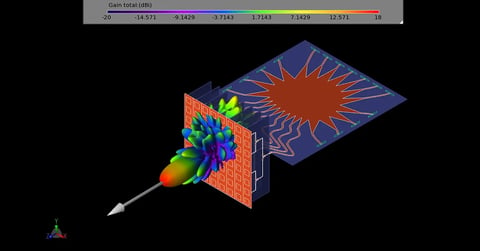
Application Examples
Design and Simulation of 28 GHz Beamforming System and Antenna Array for 5G Network Base Stations
This example is a more complete device for 28 GHz beamforming for 5G networks and includes an 8x8 patch antenna array, 1 to 8 power dividers and a Rotman lens initial stage.
Explore Resource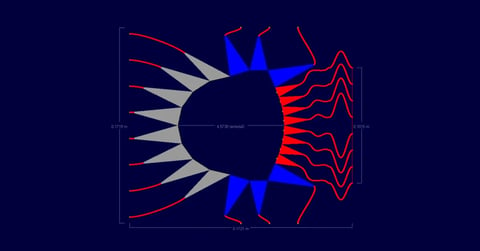
Application Examples
Rotman Lens Sidewall Curvature Impact on Performance: RLD vs. XFdtd Simulation Results
The performance impact of the sidewall curvature of a Rotman Lens design is evaluated by comparison of several designs created in Rotman Lens Designer (RLD) with full-wave results simulated by XFdtd.
Explore Resource
Application Examples
Rotman Lens Designer Performance vs. Frequency
The Rotman Lens Designer (RLD) software output is compared to full wave results from XFdtd for a broad range of design frequencies to validate the performance of the software in different bands of operation.
Explore Resource -

Videos
Tuning a Microstrip Lens in Rotman Lens Designer (RLD) and Options for Importing to XFdtd
In this video, a Remcom engineer walks through the steps to set up and tune a Ku Band microstrip lens in Rotman Lens Designer (RLD). Included is a discussion of the various options for exporting the file and importing into XFdtd EM Simulation Software, including the use of a customized script to automatically set up the ports and include the material properties.
Explore Resource -
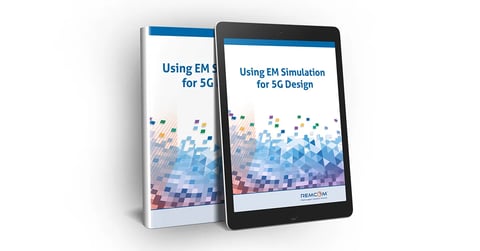
Publications
Using EM Simulation for 5G Design E-Book
Download examples that demonstrate how EM simulation software solves challenges related to 5G and MIMO. Examples include MIMO and array design, 5G urban small cells, mmWave and beamforming.
Explore Resource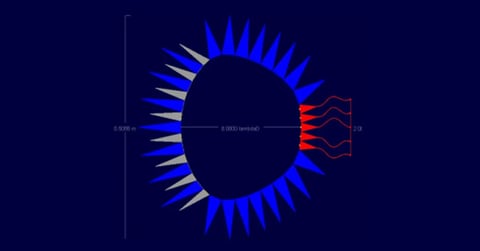
Publications
Development Of Simple Affordable Beamformers For Army Platforms
Click on the title to view or download this publication.
Explore Resource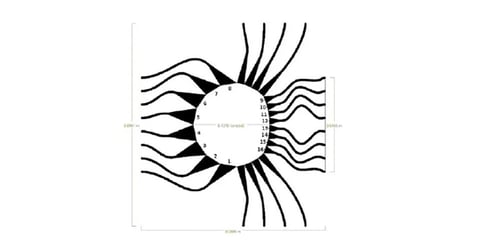
Publications
Rotman Lens Design for Millimeter-Wave Sensor Application
This paper demonstrates the design of Rotman lens for ESM sensor application in operation band 32-38 GHz. The initial design is created in Remcom’s Rotman Lens Designer and then verified against experimental measurements. Parameters of the realized prototype are presented and methods of increasing its performance are outlined.
Explore Resource
Save time and reduce costs.
Contact Remcom today for a customized solution to your most complex electromagnetic challenges.
Request a Quote